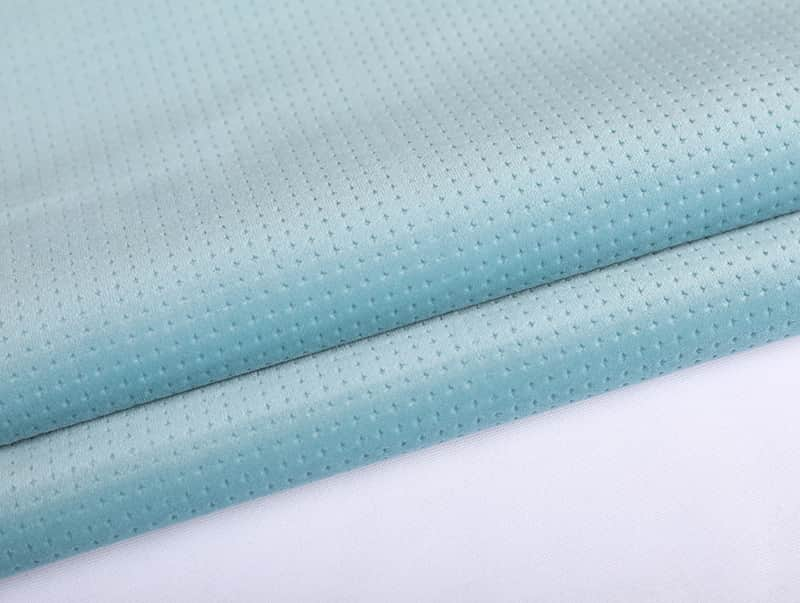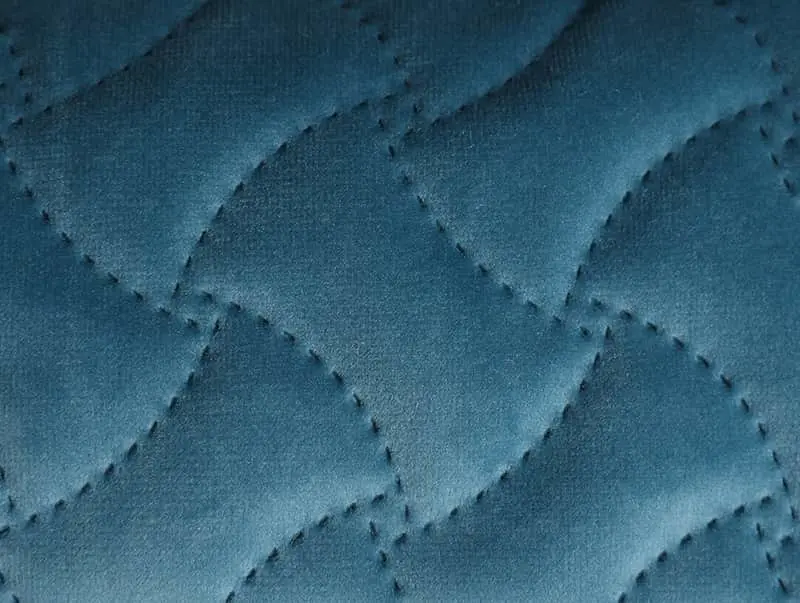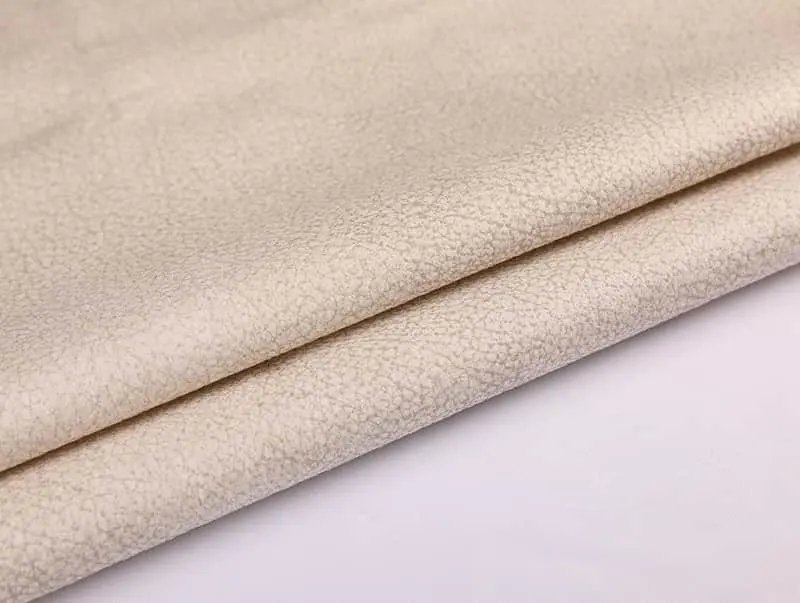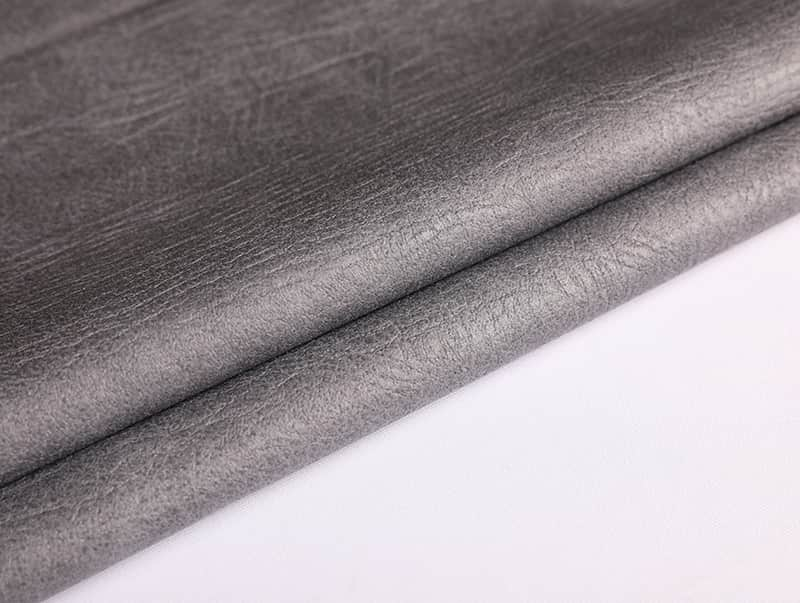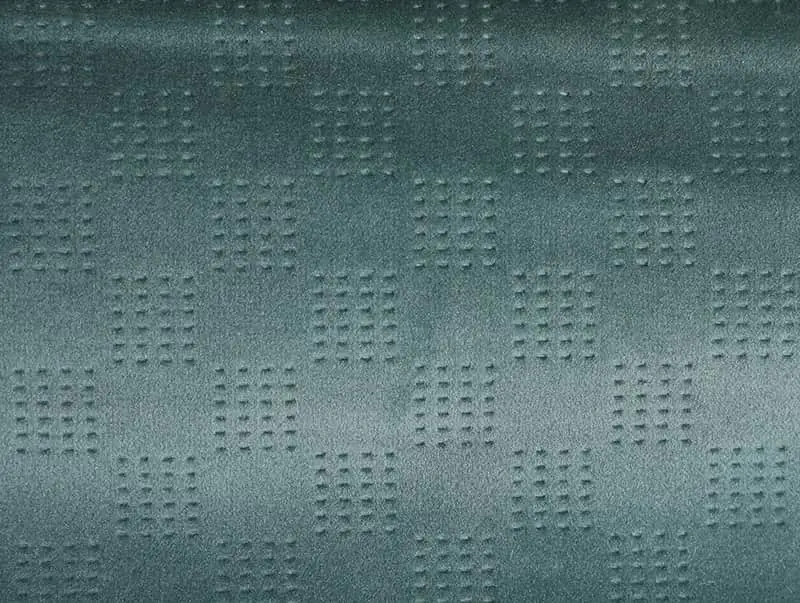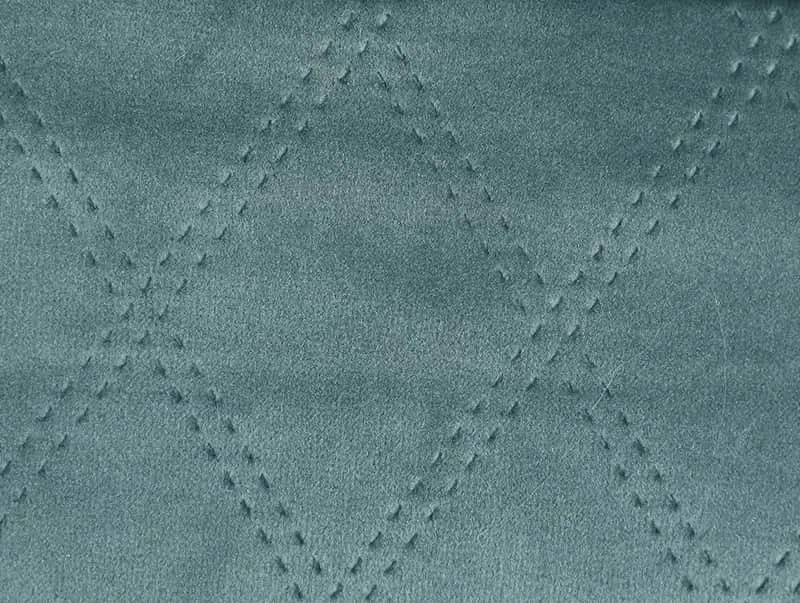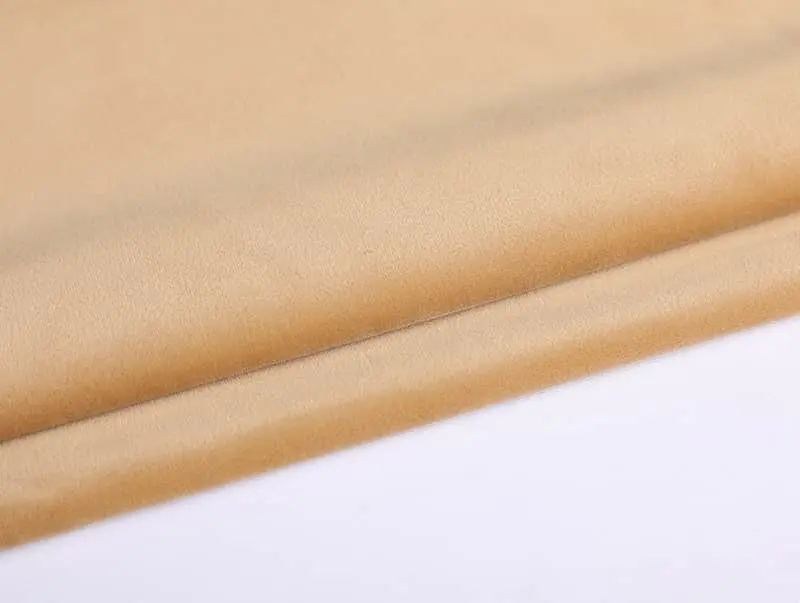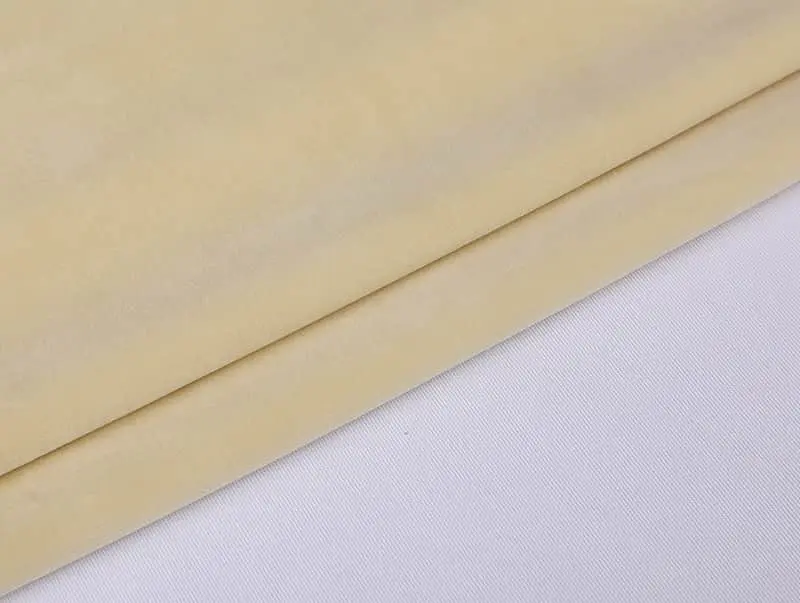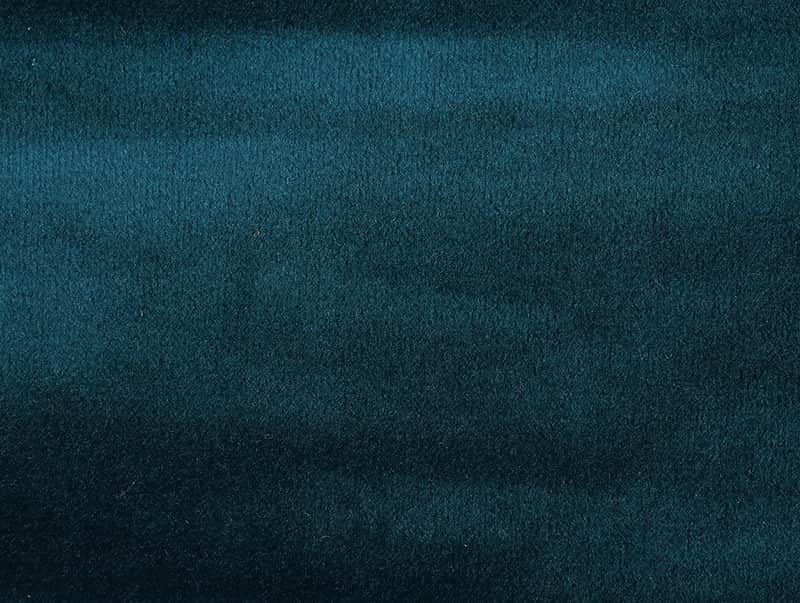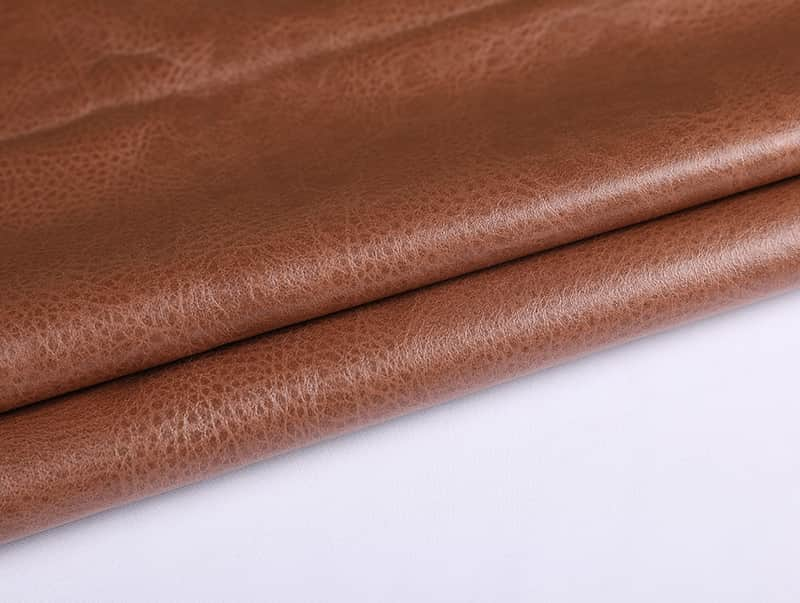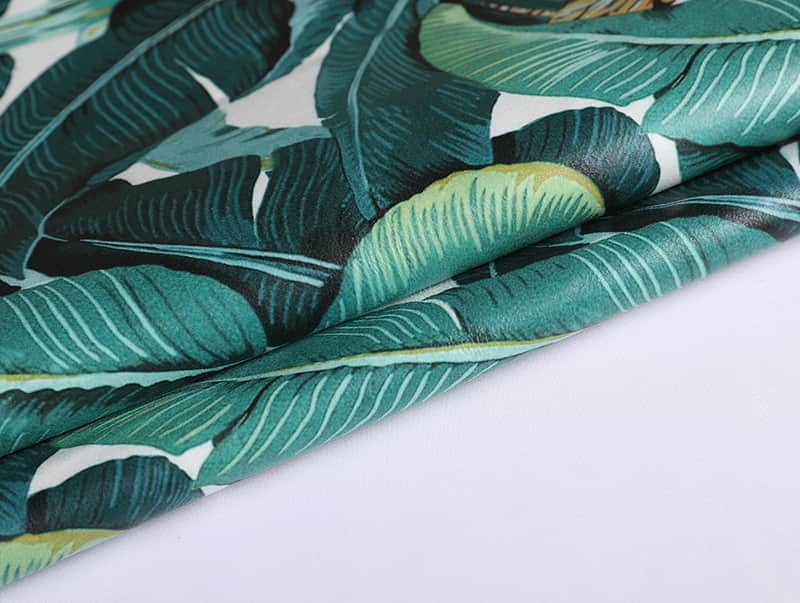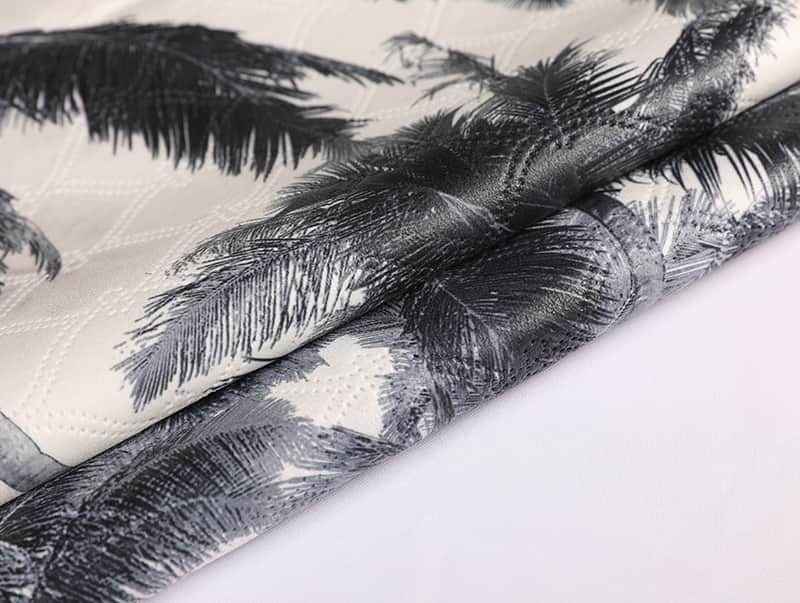No matter where it is applied to the fabric, it has both advantages and disadvantages. Think about the advantages and disadvantages of brand apparel fabrics, shoes, home textiles, etc. How much do you know about the advantages and disadvantages of these fabrics? Different fabrics have different functions, advantages and disadvantages. Let’s look at these seven. A variety of different fabrics: cotton, linen, silk, woolen cloth, leather, chemical fiber, blends and other advantages and disadvantages.
1. Cotton cloth
Cotton cloth is the general term for all kinds of cotton textiles. It is ly used to make fashion, casual wear, underwear and shirts. Its advantages are easy to keep warm, soft and close-fitting, moisture absorption, and good air permeability. Its disadvantage is that it is easy to shrink, easy to wrinkle, and it is not very stiff and beautiful in appearance. It must be ironed frequently when wearing it.
2. Linen
Burlap is a cloth made of hemp, flax, ramie, jute, sisal, abaca and other hemp plant fibers. It is generally used to make casual wear and work wear, and it is also used to make ordinary summer clothes. Its advantages are extremely high strength, moisture absorption, heat conduction, and good air permeability. Its disadvantage is that it is not very comfortable to wear, and its appearance is rough and stiff.
3. Silk
Silk is a general term for various silk fabrics woven from silk as raw material. Like cotton, it has many varieties and different personalities. It can be used to make all kinds of clothes, especially suitable for making ladies' clothes. Its strengths are lightness, fit, softness, smoothness, breathability, brilliant colors, luster, elegance, and comfort. Its shortcomings are that it is prone to wrinkles, easy to suck, not strong enough, and fades faster.
4. Woolen cloth
Woolen cloth is also called wool, which is a general term for fabrics woven from various types of wool and cashmere. It is usually used to make formal and high-end clothing such as dresses, suits, and overcoats. Its advantages are anti-wrinkle and abrasion resistance, soft hand feel, elegant and crisp, full of elasticity, and strong warmth retention. Its main disadvantage is that it is difficult to wash and is not suitable for making summer clothes.
5. Leather
Leather is an animal fur fabric that has been tanned. It is ly used to make fashion and winter clothes. It can be divided into two categories: one is leather, that is, leather that has been dehaired. The second is fur, that is, treated leather with belt hair. Its advantages are lightness and warmth, grace and luxury. Its disadvantage is that it is expensive and requires high storage and care, so it is not suitable for popularization.
6. Chemical fiber
Chemical fiber is an abbreviation for chemical fiber. It is a textile made of fibers using polymer compounds as raw materials. Usually it is divided into two categories: artificial fibers and synthetic fibers. Their common advantages are bright colors, soft texture, crisp drape, smoothness and comfort. Their disadvantages are poor wear resistance, heat resistance, moisture absorption, and air permeability, and are easily deformed when exposed to heat, and they are prone to static electricity. Although it can be used to make all kinds of clothing, but the overall grade is not high, it is difficult to be elegant.
7. Blended
Blending is a fabric made by blending natural fibers and chemical fibers in a certain ratio, which can be used to make various garments. Its strength is that it not only absorbs the advantages of cotton, linen, silk, wool and chemical fiber, but also avoids their respective shortcomings as much as possible, and is relatively inexpensive in value, so it is very popular.
1. Cotton cloth
Cotton cloth is the general term for all kinds of cotton textiles. It is ly used to make fashion, casual wear, underwear and shirts. Its advantages are easy to keep warm, soft and close-fitting, moisture absorption, and good air permeability. Its disadvantage is that it is easy to shrink, easy to wrinkle, and it is not very stiff and beautiful in appearance. It must be ironed frequently when wearing it.
2. Linen
Burlap is a cloth made of hemp, flax, ramie, jute, sisal, abaca and other hemp plant fibers. It is generally used to make casual wear and work wear, and it is also used to make ordinary summer clothes. Its advantages are extremely high strength, moisture absorption, heat conduction, and good air permeability. Its disadvantage is that it is not very comfortable to wear, and its appearance is rough and stiff.
3. Silk
Silk is a general term for various silk fabrics woven from silk as raw material. Like cotton, it has many varieties and different personalities. It can be used to make all kinds of clothes, especially suitable for making ladies' clothes. Its strengths are lightness, fit, softness, smoothness, breathability, brilliant colors, luster, elegance, and comfort. Its shortcomings are that it is prone to wrinkles, easy to suck, not strong enough, and fades faster.
4. Woolen cloth
Woolen cloth is also called wool, which is a general term for fabrics woven from various types of wool and cashmere. It is usually used to make formal and high-end clothing such as dresses, suits, and overcoats. Its advantages are anti-wrinkle and abrasion resistance, soft hand feel, elegant and crisp, full of elasticity, and strong warmth retention. Its main disadvantage is that it is difficult to wash and is not suitable for making summer clothes.
5. Leather
Leather is an animal fur fabric that has been tanned. It is ly used to make fashion and winter clothes. It can be divided into two categories: one is leather, that is, leather that has been dehaired. The second is fur, that is, treated leather with belt hair. Its advantages are lightness and warmth, grace and luxury. Its disadvantage is that it is expensive and requires high storage and care, so it is not suitable for popularization.
6. Chemical fiber
Chemical fiber is an abbreviation for chemical fiber. It is a textile made of fibers using polymer compounds as raw materials. Usually it is divided into two categories: artificial fibers and synthetic fibers. Their common advantages are bright colors, soft texture, crisp drape, smoothness and comfort. Their disadvantages are poor wear resistance, heat resistance, moisture absorption, and air permeability, and are easily deformed when exposed to heat, and they are prone to static electricity. Although it can be used to make all kinds of clothing, but the overall grade is not high, it is difficult to be elegant.
7. Blended
Blending is a fabric made by blending natural fibers and chemical fibers in a certain ratio, which can be used to make various garments. Its strength is that it not only absorbs the advantages of cotton, linen, silk, wool and chemical fiber, but also avoids their respective shortcomings as much as possible, and is relatively inexpensive in value, so it is very popular.
